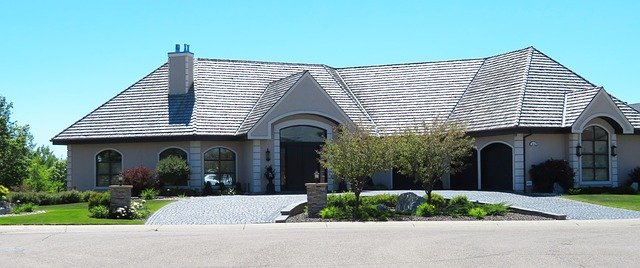Property valuation methods are used to estimate the value of real estate for a variety of purposes, including legal disputes and tax assessment. Properties are valued for many different reasons, and it is real art to ideally value a property.
When Do We Need Property Valuation?
Property valuation is used in the following ways:
-To determine fair market value when making a purchase offer in the event of divorce.
-In assessing inheritance tax, capital gains, or estate taxes on an individual’s death (or to ensure that property is not transferred at below its true sale price).
-Fairness and accuracy assessment for dispute resolution purposes by lawyers
-To assess the value of commercial real estate for tax purposes
-Real property valuation in order to determine a mortgage amount and type.
-To set the price of insurance on an individual’s residence or business premises (to protect against liability).
-To calculate the value for the purchase of property.
What Are The Methods?
Cost Approach
The cost approach calculates the value of a property by estimating what it would have cost to construct comparable buildings in its place. It is often used to determine the value of a property where no sales prices for comparable properties are available or if there is significant physical damage. To be more detailed it means that the cost is calculated like what it will cost to rebuild the building if it will be completely destroyed.
Market Approach
This method is used to determine the value of a property based on what comparable properties in its vicinity sold for. It is often used for properties in neighborhoods where there are similar estates that have been sold.
Income Approach
This approach is based on the estimated future income of a property and it can be used for industrial, commercial or residential properties. One should not rely solely on this type of valuation because they are often dependent upon subjective assumptions that may vary from one business to another. This can be an additional method that is used in conjunction with other approaches.
Sales Comparison Approach
This approach takes into account the sales of comparable properties that are currently on the market and those which have recently sold to determine a sale price for the property being valued. This method is also not reliable because it does not take into consideration all factors such as location, time frame, and the condition of the property.
Value Per Door
This is a relatively new approach and it relies on market research rather than the appraisal process to determine value. The appraiser will calculate how much revenue per door would be generated by each property being valued in order to compare different properties, taking into consideration location, time frame, and other factors that may make value different.
Price Per Gross Rent Multiplier
This method is used to estimate the value of income-producing properties. The appraiser will determine how much a property would rent for and then calculates what it is worth based on this amount. For example, if a property rents for $1000 per month (or $12000 in one year) and has an expected vacancy rate of 20%, that means you can reasonably expect to collect $8000 per year. Multiply that by the “gross rental multiplier”–a factor based on location and other factors, which is usually set at around 20% Vacancy rate x 12000 ($120000/year) = $2400 value for this property. Multiplying annual revenue with a gross rental multiplier is great for estimating the value of income-producing properties.
How do specialists choose the method?
Choosing the perfect method isn’t easy, but appraisers need to weigh the strengths and weaknesses of each method. For example, The Cost Approach is straightforward; it’s based on how much it costs to build comparable properties in a given area which is an accurate way of estimating the value for new construction. However, this approach doesn’t work as well with older or historic buildings, because their value isn’t so obvious.
The Market Approach is more expensive, but generally provides a good estimate of the value of an older or historic property. It takes into account how much buyers are willing to pay for similar buildings in that area and what renters will be willing to pay as well. This approach can also be skewed by other factors such as improvements made by the owner.
To be a good real estate expert is to be able to decipher the correct approach by examining all of the factors. The Income Approach is a little more complicated than it sounds and takes into account how much renters would pay for comparable properties in that area versus what they’re actually paying now. This can be tricky because there are different ways of doing an income analysis on each property.
Conclusion
“Property valuation isn’t an easy thing, and when someone plans to buy a building it is better to consult a decision with an expert, because simply checking similar property somewhere may not be enough. Sometimes one needs to combine a few methods,” says Paul McLaughling, Managing Director of Chartered Surveyors in London. Property valuation methods are really important in determining a property’s worth and what kinds of offers to make on it. It is crucial that you know which approach works best for the type of building you’re trying to appraise because each one has its own set of advantages and disadvantages.







Recent Comments